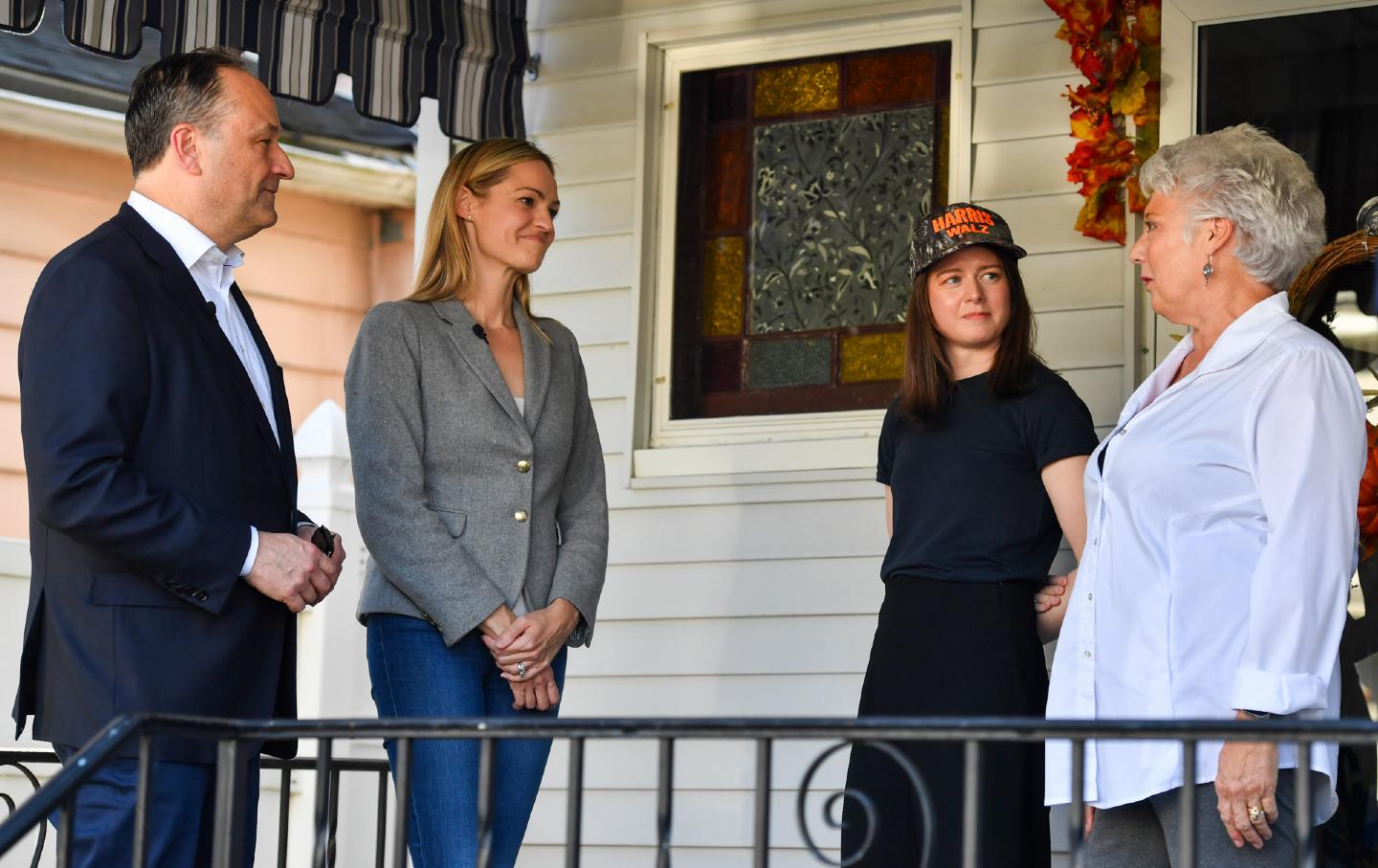At the University of Maine, cutting-edge technology is being applied to solve a growing problem in housing. In a region where the housing shortage has become critical, one of the largest 3D printers in the world is being used to produce small, sustainable wooden cabins.
These cabins, measuring about 600 square feet, are made primarily from sawdust, a byproduct of Maine’s lumber industry. This innovative approach is helping to address not only the shortage of affordable housing but also the need for environmentally friendly building solutions.
The state of Maine, much like the rest of the country, faces a dire need for housing. It is projected that 80,000 new homes will be required over the next five years to meet the growing demand. The challenge lies in how to construct these homes quickly, affordably, and sustainably.
While updating building codes and infrastructure to support new housing developments can take years, the team at the Advanced Structures & Composites Center (ASCC) at the University of Maine is hopeful that their groundbreaking work will help close the gap.
The ASCC is home to what Guinness World Records has certified as the world’s largest prototype polymer 3D printer. This massive machine is capable of printing objects up to 96 feet in length, 36 feet in width, and 18 feet in height. What makes this printer particularly notable is that it works exclusively with bio-based materials, a significant step toward greener construction practices.
The printer can create up to 500 pounds of material per hour, and in 2022, it was able to print the walls, floors, and roof of a small house in just 96 hours. However, the team at ASCC has been working to further optimize the process, with the goal of cutting the time in half, potentially printing a complete home in as little as 48 hours.
The printing process used at the University of Maine is unique compared to other 3D-printed homes. “When they’re doing concrete, they’re only printing the walls,” explained Habib Dagher, executive director of ASCC, in an interview with CNN.
“The approach we’ve taken is quite different from what you’ve seen, and you’ve been reading about for years,” Dagher added.
While many 3D-printed homes rely on concrete and focus solely on constructing walls, the ASCC’s method is more comprehensive. Their technology can produce an entire structure, including walls, floors, and roofs, making it a more efficient and integrated solution.
3D printing has made waves in the construction industry, with various companies experimenting with new ways to build homes quickly and affordably. For example, an Italian firm has developed a method for 3D printing domed, beehive-like homes inspired by ancient architecture in Zimbabwe. However, the ASCC’s approach stands out for its use of local, bio-based materials and its holistic approach to building entire homes, not just portions of them.
The cabin design produced by the ASCC is known as BioHome3D, and it has already garnered significant attention. Visitors touring the concept model often ask when they can get their own version. The design of the BioHome3D is inspired by modern Scandinavian wooden cabins, creating a cozy and contemporary feel that fits perfectly with Maine’s natural, wooded landscape. The interior is designed to be both functional and aesthetically pleasing, and it aligns well with the growing demand for minimalist, sustainable living spaces.
In addition to improving the speed and efficiency of 3D printing, the team at the University of Maine is also focused on making the homes more practical. Dagher explained that they are working on incorporating wiring and plumbing into the structure during the printing process.
“Exactly where an architect would want them,” Dagher said, indicating that these homes are being designed with real-world usability in mind, not just as experimental prototypes.
With advancements like the BioHome3D, the University of Maine is pushing the boundaries of what is possible in construction. The marriage of sustainability, speed, and affordability in their 3D printing process offers a potential solution to the housing shortage that is affecting communities across the country.
If the team at ASCC succeeds in further refining their process, they could revolutionize how homes are built, helping to address a critical need while reducing the environmental impact of construction.
See more about this incredible 3D-Printed Home in the video below:
What are your thoughts? Please comment below and share this news!
True Activist / Report a typo





